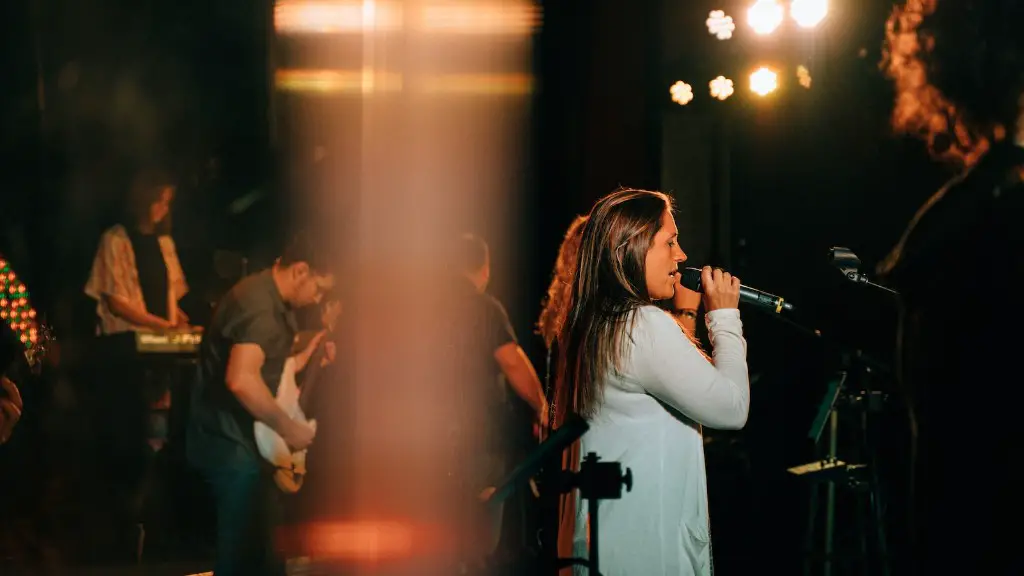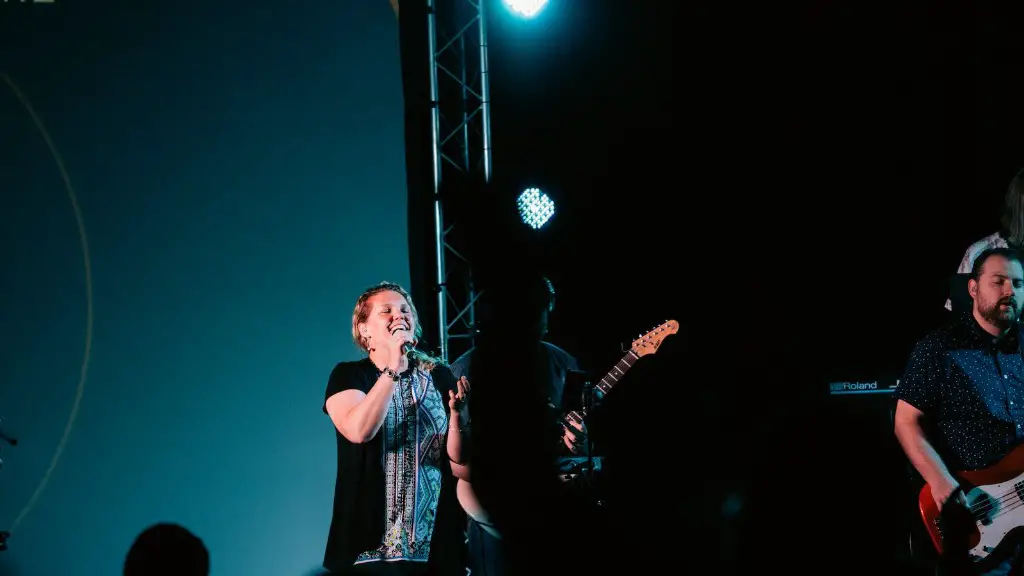Drawing wrinkled clothes may seem daunting, but with the right techniques and a little bit of practice, you can master the art of drawing creased garments. Whether it’s a billowing dress, a crisp pair of jeans, or a slouchy t-shirt, adding wrinkles to your fashion sketches can give them that extra bit of realism that can help you create the look you’re going for.
Images vs. Realism
Most drawing tutorials will tell you to base your drawing on an inspiration image. While referencing real photos is a great way to practice drawing clothes, it will often leave you with a strangely flat and lifeless image. That’s because when we look at something in real life, we see something that is dynamic and fluid. Photos flatten the image with a single frame and it’s up to the artist to give it life and movement.
Adding wrinkles to your drawing is a great way to bring life to your fashion sketches. It gives the impression of folds and movement, adding texture and volume to your drawing. It can also be used to imitate subtle details like bulging pockets, or stronger effects like heavy fabric dragging down or uneven hemlines.
Using Reference Lines for Structure
The key to achieving realistic wrinkles is structuring them into the architecture of your garment. Instead of simply adding wrinkled spots in random positions, create the structure of your garment and gradually add the wrinkles accordingly. This will help you create realistic wrinkles that integrate seamlessly with your garment. Draw your structure lines with plain grey while sketching and add additional details like wrinkles afterwards.
When drawing wrinkles, it’s important to remember to take into consideration both the length and direction of the wrinkle lines. This can help make the wrinkles look more organic and less arbitrary. If you start by adding surface details the garment won’t look as realistic.
Texturing with Values
If you want to take your drawing of creased fabric to the next level, use a technique known as value mapping. When you draw in black and white, shadows and shadows gradients can be mapped onto the fabric to look like linen or silk. Using a combination of very light and deep shadows gives everything a more realistic appearance, akin to mottled or striped fabric.
For example, when drawing a soft cotton shirt, start with light grey pencils and add the lighter values first. This will lend your fabric a feeling of softness. As you add darker tones, work in small increments and blend the values together with a blending stump or other blending tool. This will help make the fabric look textured and three-dimensional.
Understanding Lines and Movement
When drawing clothing that’s in motion, you’ll want to accentuate the lines and curves of your garment. The way cloth flows and moves can vary depending on the type of fabric and its weight. A heavier fabric, like denim, will create a more rounded and even wrinkle structure, while a lighter fabric, like cotton, will create more uneven folds depending on its fit and drape.
Whether you’re drawing a garment that’s standing still or one that’s in motion, keep in mind where the lines direct your eye and use them to create a sense of movement in your drawing. You can also exaggerate the wrinkles for artistic effect, emphasizing the silhouette even more.
Experiment to Create Unique Effects
The best part of drawing wrinkled clothing is that there’s no limit to the types of effects you can create. You can use this technique to achieve a wide range of looks, from rustic and casual to chic and luxurious.
Take advantage of this and have fun experimenting with various wrinkle effects. Try different techniques and enjoy the process of drawing wrinkles with boldness and confidence. The more you practice, the better you’ll become at creating unique and realistic wrinkles for your fashion sketches!


